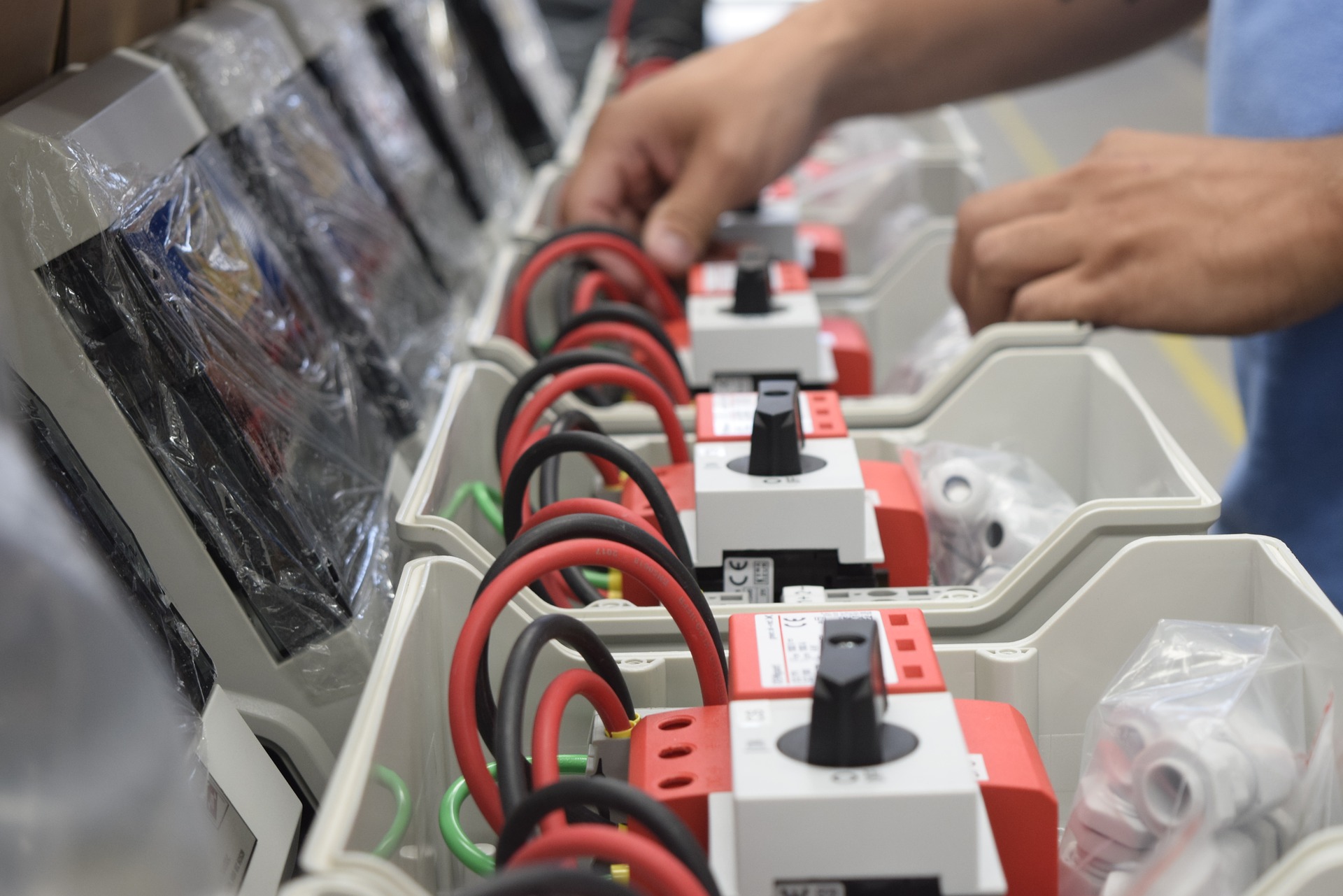
The world would not be as it is today without mass production. Almost every product we consume is produced on an assembly line, allowing for a pace and scale of manufacturing that simply was not possible in earlier centuries.
The efficiency of the assembly line is based on specialization. Assembly lines expedite production by moving semi-finished products rapidly through a series of processes. Instead of workers being required to know each stage of the manufacturing process intimately, each worker can specialize in a small part of the larger process. Overnight, this new way of working made it possible to manufacture complex products like cars, airplanes and industrial products in a much shorter time and with a far greater degree of precision than had ever been possible before.
But how did it all start? Read on for a brief history of how assembly lines transformed the world.
Before the Assembly Line
Prior to the invention of the assembly line, products were manufactured by artisans. These artisans were responsible for the entire manufacturing process from end to end. If a product was composed of 40 different parts which needed 50 steps to put together, this one expert would follow the assembly process in order until the product was finished.
The Invention of the Assembly Line
The dawn of the Industrial Revolution changed the way that products were made forever. Manufacturers started to place operators on specific tasks in the production process. This allowed them to specialize in their particular process, drastically cutting down production time.
But what really sped up the impact of the assembly line was machine processes. When new technology like conveyor belts and novel machine processes where invented, the stage was set for the era of mass production to really kick off.
Henry Ford – The Father of the Modern Assembly Line
When most people hear the words ‘assembly line’, they immediately think of Henry Ford and his famous Model-T. Although he was not necessarily the first to employ an assembly line manufacturing process in his automobile factories, he can certainly be credited for recognizing their vast potential before many of his contemporaries.
Ford was ambitious in his production goals. He realized that by having many people, each responsible for a small part of production, on a single assembly line his Ford company could cut the production time for an automobile down to hours rather than days.
The Spread of Assembly Lines into Other Industries
The meteoric success of Ford soon led other leaders of industry to start to experiment with assembly lines. It was not long before assembly lines began to be seen in the manufacturing of food, chemicals and many other things.
As technology has moved forward, automation has increasingly become a feature of assembly lines. Machines are now capable of doing many of the delicate jobs that could previously only be performed by humans. As the march of time continues, we are seeing fewer and fewer humans involved in manufacturing processes. At the present time, we are facing a very real possibility that human operatives will be phased out altogether in the next decades.




